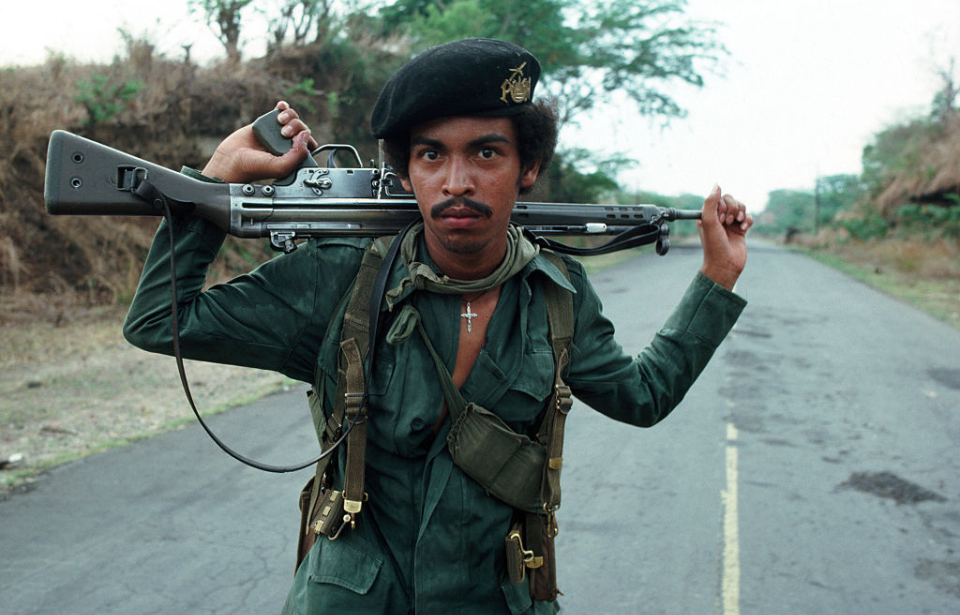When you think of post-war rifles that have stood the test of time, the Heckler & Koch G3 immediately comes to mind. Featuring a design that incorporated World War II-era developments with Cold War-era technology, it was the primary battle rifle used by the West German Bundeswehr and several other NATO countries. Over the decades, numerous variants have been produced, all of which have allowed the G3 to continue to see service well into the 21st century.
Why was the Heckler & Koch G3 developed?
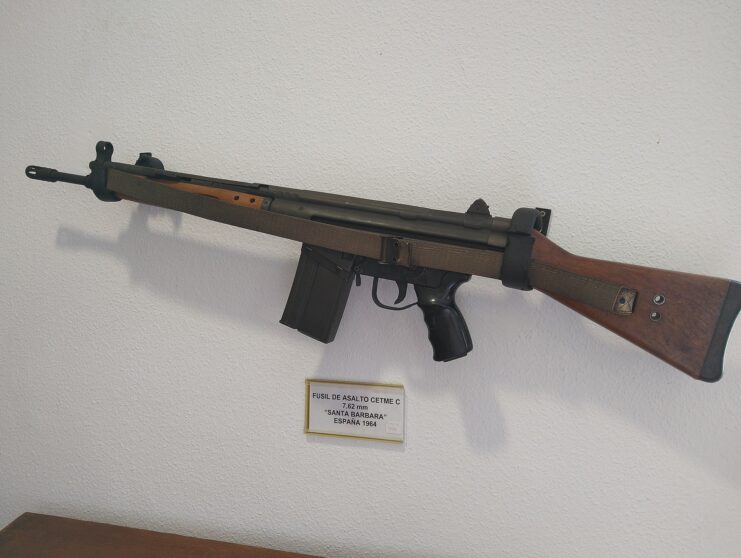
The Heckler & Koch G3 underwent development in the 1950s to address the need for a more versatile and reliable battle rifle for West Germany’s Bundeswehr. Following the Second World War, the newly-formed state found itself in a position to both rearm and modernize its armed forces, and it needed to do so according to standards laid out by the North Atlantic Treaty Organization (NATO).
The Bundeswehr had adopted the Gewehr 1 (G1), a variant of the Belgian FN FAL, following the conflict, but licensing issues led the military to begin looking for another option. The CETME Model 58, a Spanish rifle developed by German engineers who had fled to the country after the conflict, was also equipped, and, while promising, early units only had the capacity to chamber a low-powered cartridge, which meant its range and stopping power were greatly limited.
The solution turned out to be an adapted version of the CETME, one that could chamber the standard 7.62 x 51 mm NATO cartridge. Developed by Heckler & Koch, it was designated the G3.
Taking inspiration for designers who knew how to craft rifles
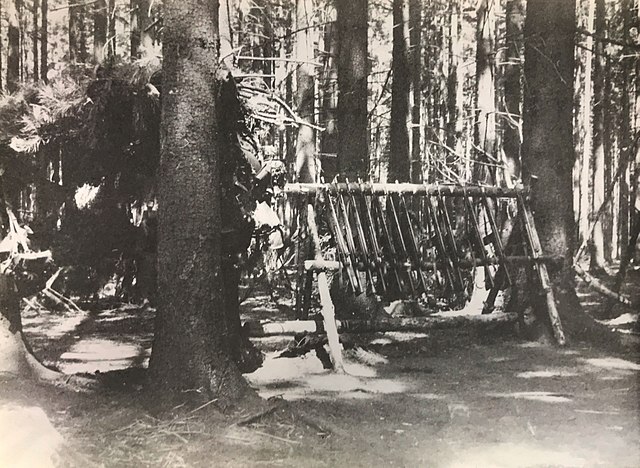
The Heckler & Koch G3 was developed around the work of former Mauser engineers Ludwig Vorgrimler and Theodor Löffler. The pair were instrumental in bringing the roller-delayed blowback system the West German weapon would utilize to life. The design had first been introduced with the the prototype MG 45 (or MG 42V, as it was also known), and Vorgrimler and Löffler brought it to the StG 45(M) assault rifle with a fixed-barrel and gas-actuated piston rod.
The CETME Model 58 needed to be modified to meet the requirements set out by NATO; along with changing the cartridge size, the rifle’s reliability and durability also needed to be enhanced. Keen to keep production within West Germany, the government signed an agreement with CETME and Dutch company Nederlandse Wapen en Munitiefabriek (NWM).
The rights were subsequently given to Rheinmetall, which, in turn, presented them to Heckler & Koch. By 1959, the G3 – officially known as the Gewehr 3 – had entered service.
Heckler & Koch G3 specs.
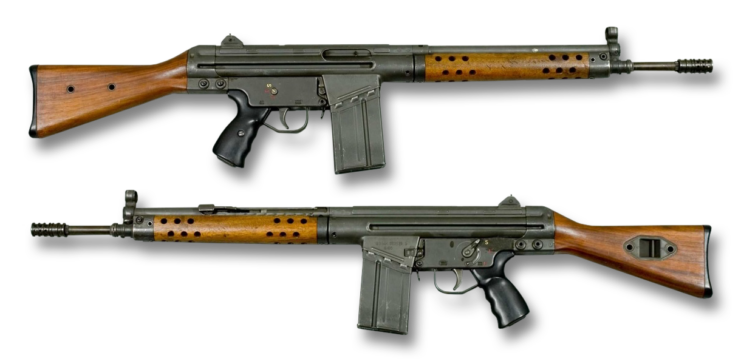
Now that we know the Heckler & Koch G3 is a modified CETME Model 58, what are its specifications? Well, it’s a select-fire battle rifle that featured the roller-delayed blowback system initially seen on the StG 45(M). As per NATO’s requirements, it chambered the 7.62 x 51 mm cartridge, which improved the weapon’s range and stopping power. This, along with the rifle’s rate of fire – about 550-600 RPM – made it a lethal weapon on the battlefield.
What made the G3 unique was that its modular layout meant it could equip a variety of accessories. While the standard model had a 20-round detachable magazine, larger 30- and 50-round ones could be used in its place, allowing for prolonged firing. It could also equip a grenade launcher – in particular, the Heckler & Koch 79.
In terms of sights, the G3 featured a rotary rear sight and hooded front post, but could also have optical sights installed via a claw mount system. It’s said the weapon served as the basis for more modern sniper rifles, and while this is the case, it should be noted that its use as a sniper rifle was average at best – it’s accuracy wasn’t the greatest, but it wasn’t so poor as to be ineffective.
Notable variants and derivatives
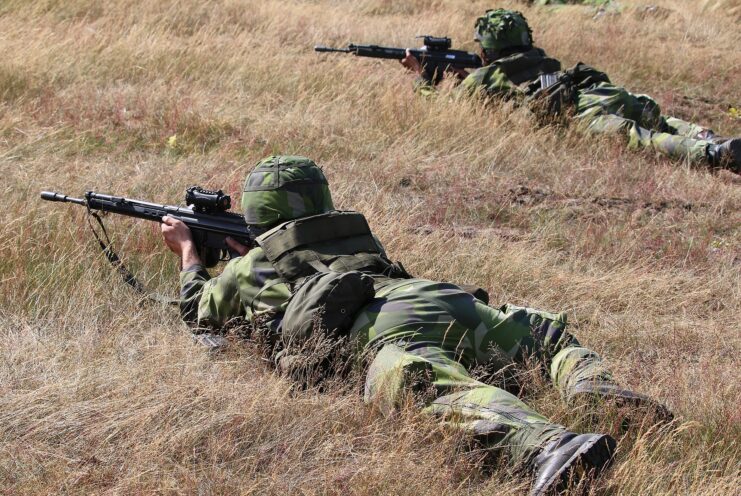
As can be expected, the Heckler & Koch G3 has underwent various upgrades and changes since the 1950s. The G3A4 was updated to include a retractable stock, making it more suitable for paratroopers and infantry, while the carbine-esque G3KA4 was built for close-quarters combat, due to its shortened barrel. The most popular variant is the G3A3. Hitting the scene in 1963, it introduced thinner handgrips, leading it to be nicknamed the “slimline” model.
As the G3 chambered the 7.62 x 51 mm NATO cartridge, it wasn’t long before other countries began acquiring it for their own armed forces, albeit with some modifications. The Swedish Ak-4 was altered to include a heavy buffer system, which improves durability and accuracy, while Norway’s AG-3 saw the buttstock lengthened and modifications made to the bolt carrier.
While the majority of these international derivatives are geared toward military use, some civilian variants have also made their way onto the market. Pakistan, for example, has the automatic G3A3 for its armed forces, but the nation has also produced the semi-automatic G3P4 for civilians.
Decades of action across various battlefields
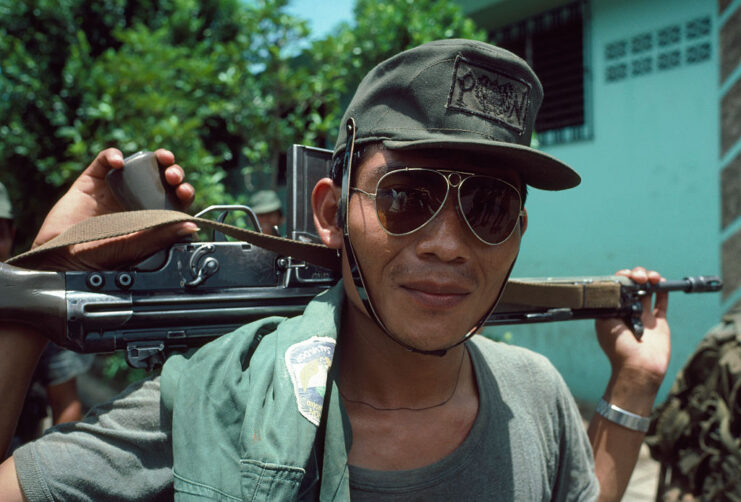
As it’s been in service since the 1950s, it’s not surprising that the Heckler & Koch G3 has seen its fair share of combat. Specifically, the rifle proved itself in the arid climate that served as the setting for the likes the Iran-Iraq War, the Iraq War and the Rhodesian Bush War.
The G3 also proved itself in the Yugoslav Wars, where it was equipped by various factions involved in the fighting. In particular, it was favored for its effectiveness in both urban and rural combat. In terms of solely urban combat, the weapon was notably used in Northern Ireland by the Special Air Service (SAS) against the IRA. The elite force primarily used other derivatives, with members favoring the more compact G3KA4.
Most recently, variants of the G3 have seen action in the ongoing Russo-Ukrainian War and the Myanmar Civil War.
Militaries continue to equip the Heckler & Koch G3
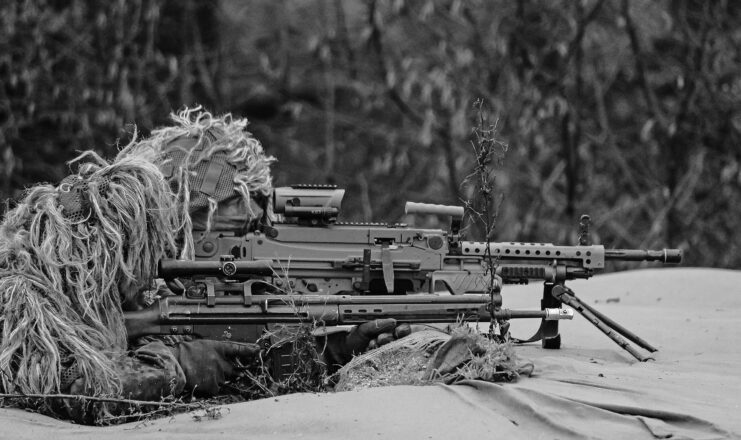
Unlike many of its Cold War-era counterparts, the Heckler & Koch G3 continues to see service with various militaries across the world, with its continued popularity attributed to its solid design, combat adaptability and ease of maintenance. As it has continued to undergo modifications in the decades since it was introduced, its service life has been continually extended, with it unknown when (or if) it’ll be retired.
In case you weren’t already convinced of its sustained popularity, over seven million units have been produced since the 1950s. What’s more, the G3’s served as the inspiration for many of the rifles Heckler & Koch has developed in the decades since.
More from us: The M249 SAW Machine Gun Continues to Enhance the Role of Infantrymen in Combat
Want to become a trivia master? Sign up for our War History Fact of the Day newsletter!
In terms of its country of origin, Germany, the weapon was largely replaced by the Heckler & Koch Gewehr 36 (G36) following the unification of the West and East. That being said, some models are still in use with the border police and regional police forces. As well, several G3 units are still in storage, in case they’re ever needed.
